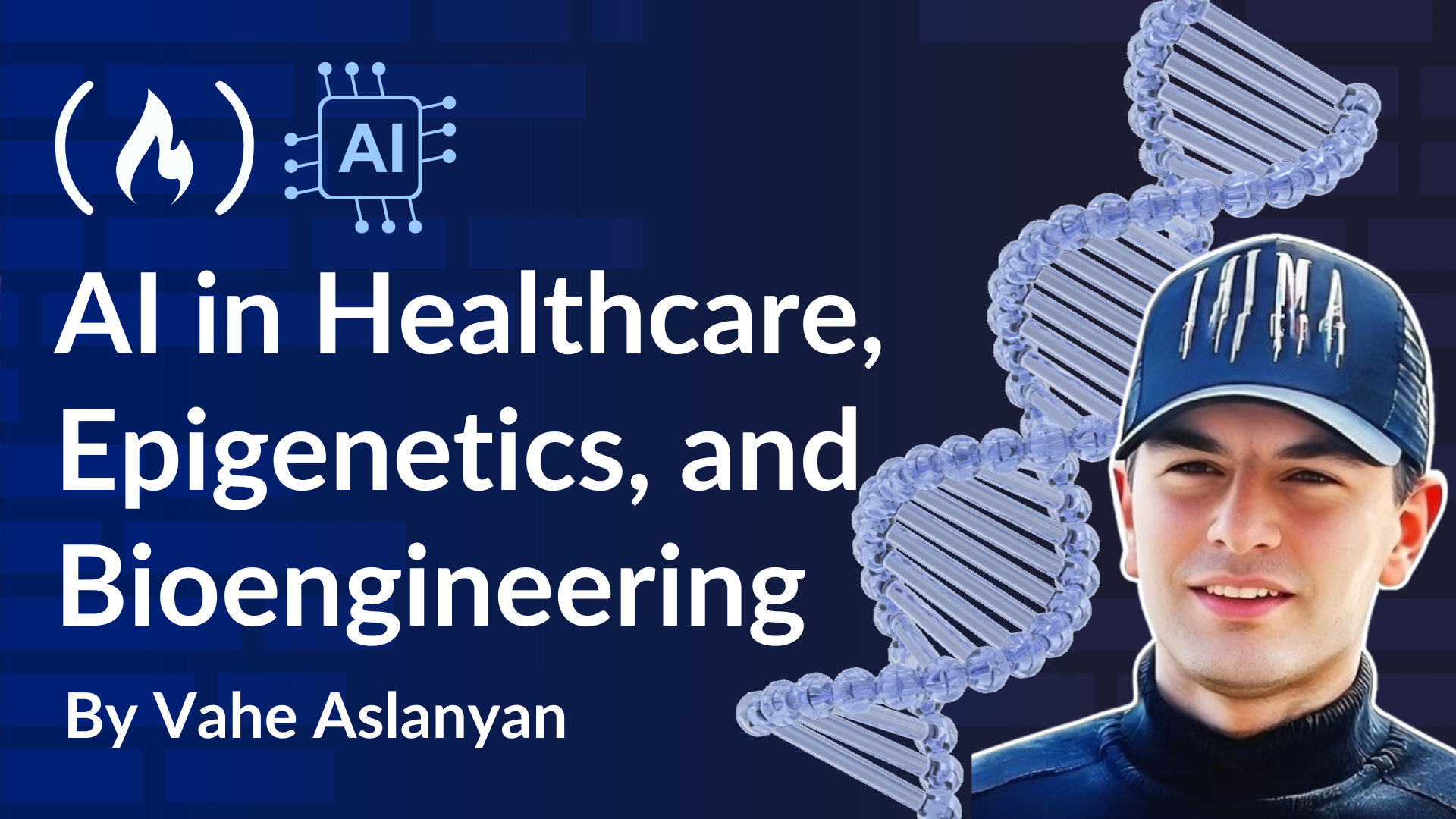
An Overview of Bioengineering
An Overview of Bioengineering 관련
At its core, bioengineering is about harnessing the principles of biology to solve complex problems. Whether it is designing organs from scratch, editing genes to eradicate diseases, or engineering microorganisms to clean up environmental pollutants, bioengineering represents a fusion of creativity and precision.
It is a discipline that thrives on interdisciplinary collaboration, drawing from fields as diverse as computer science, material science, and ethics. This interconnectedness is not just a feature—it is a necessity. The challenges that bioengineering seeks to address are multifaceted, requiring solutions that are as complex and nuanced as the problems themselves.
Use Cases for Bioengineering
One of the most compelling aspects of bioengineering is its potential to revolutionize healthcare. Imagine a world where organ shortages are a thing of the past because we can bioprint organs tailored to individual patients. Picture a future where diseases like cystic fibrosis or sickle cell anemia are eradicated through precise genetic editing.
These are not distant dreams. They are tangible goals supported by groundbreaking research and technological innovation. The implications for human health are staggering—not just in terms of curing diseases but in fundamentally altering how we approach medicine.
But healthcare is only one facet of bioengineering's potential. The same principles that allow us to manipulate biological systems for medical purposes can be applied to agriculture and environmental sustainability.
Bioengineered crops resistant to droughts and pests could address food security challenges in an era of climate change. Genetically modified algae capable of capturing carbon dioxide more efficiently than natural processes could play a pivotal role in combating global warming. These applications highlight the versatility of bioengineering as a tool for addressing some of humanity's most pressing challenges.
Ethical Challenges
Yet, with great power comes great responsibility. The ability to manipulate life at its most fundamental level raises profound ethical questions. Where do we draw the line between curing diseases and enhancing human traits? How do we ensure that these technologies are accessible to all, rather than exacerbating existing inequalities?
These are real issues that must be addressed as bioengineering continues to evolve. Navigating these challenges requires a careful balance between innovation and regulation—a task that demands input from scientists, policymakers, ethicists, and the public.
AI and Bioengineering
The integration of artificial intelligence (AI) into bioengineering further amplifies its potential while introducing new complexities. AI-driven tools can analyze vast datasets to identify patterns and make predictions that would be impossible for humans alone.
This capability is invaluable in personalized medicine, where treatments can be tailored to an individual's genetic makeup with unprecedented precision. But it also raises concerns about data privacy and the ethical use of AI in decision-making processes. Ensuring that these technologies are used responsibly will be critical in maximizing their benefits while minimizing potential harms.
Perhaps one of the most exciting aspects of bioengineering is its ability to push the boundaries of what it means to be human. Brain-computer interfaces (BCIs) that restore mobility to paralyzed individuals or enhance cognitive functions represent just the tip of the iceberg. As these technologies become more sophisticated, they could blur the line between biology and technology, creating new possibilities for human enhancement. While this prospect is exhilarating, it also demands careful consideration of its societal implications.
A Glimpse into the Future
Bioengineering's impact extends beyond individual applications—it has the potential to reshape entire industries and economies. From sustainable manufacturing processes powered by synthetic biology to new forms of data storage using DNA-based systems, bioengineering is poised to drive innovation across multiple sectors.
This economic potential underscores the importance of investing in research and development while fostering an ecosystem that supports collaboration and knowledge sharing.
Bioengineering represents a frontier where science meets imagination—a field that holds the promise of solving some of humanity's greatest challenges while raising profound questions about our relationship with life itself.
As we stand on the cusp of this new era, it is imperative that we approach it with both optimism and caution. By embracing interdisciplinary collaboration, addressing ethical dilemmas head-on, and ensuring equitable access to these technologies, we can harness the full potential of bioengineering to create a future that benefits all of humanity.
The future of bioengineering is exciting. With advancements in regenerative medicine, synthetic biology, gene editing, and bioelectronics, humanity is poised to enter an era where the impossible becomes possible. This transformation is not speculative but rooted in the rapid progress we are witnessing across scientific disciplines.
To fully appreciate the depth of what lies ahead, we must explore these innovations in detail, understanding their mechanisms, potential applications, and profound implications for society. Each breakthrough not only addresses existing challenges but also opens new avenues for exploration and improvement. As we delve deeper, the interconnectedness of these fields becomes apparent, highlighting a synergistic approach to solving complex global issues.
